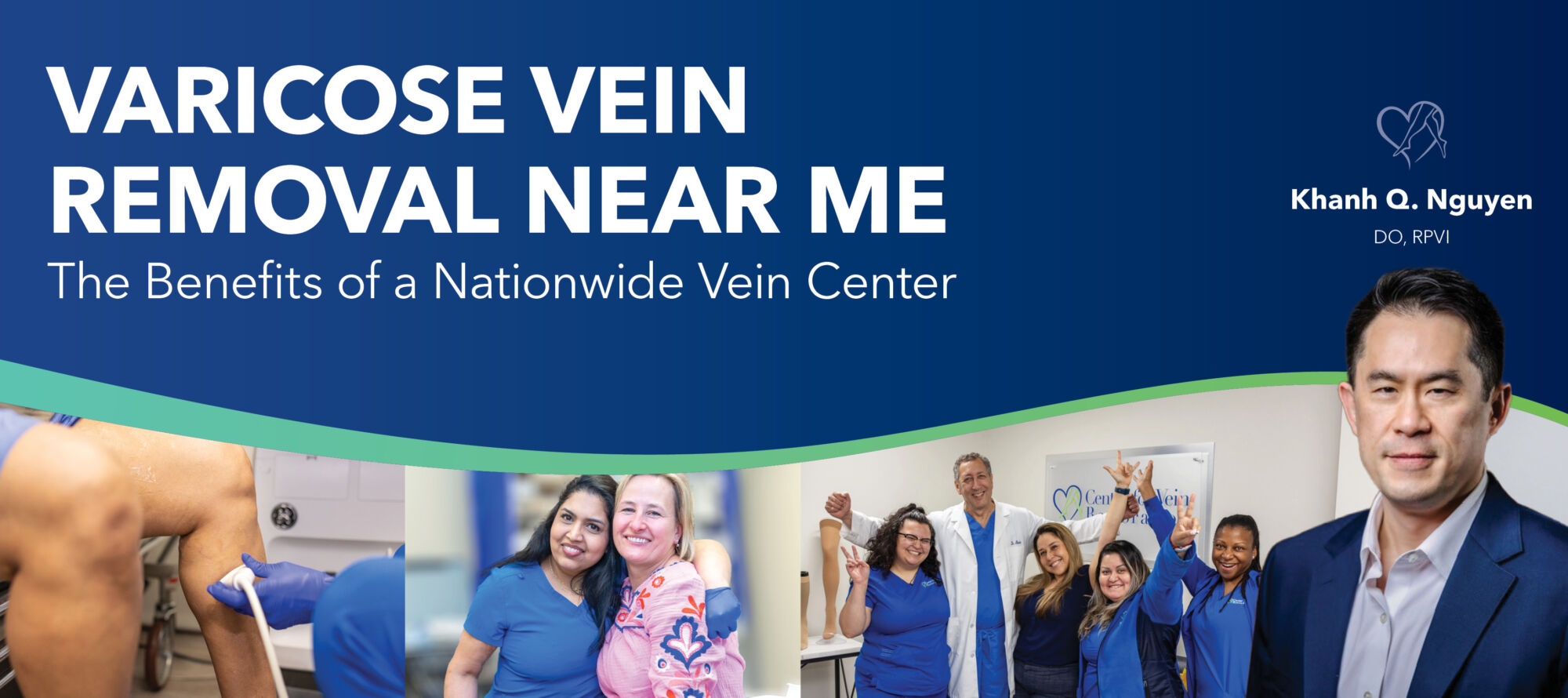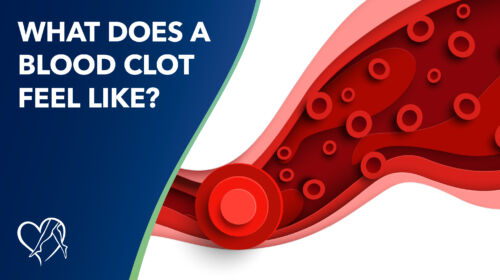

Chronic venous insufficiency (CVI) pertains to a long-term condition where the leg veins, including both spider veins and varicose veins, experience inadequate blood flow. Addressing this condition involves exploring various treatment options tailored to alleviate symptoms and enhance vascular health.

Recognizing blood clot symptoms is vital for early detection and prompt intervention. Learn more to stay vigilant, especially if you have risk factors such as a family history of blood clots. Blood clots can lead to severe consequences like heart attacks, strokes, and pulmonary embolisms.

Varicose veins and blood clots are connected by chronic venous insufficiency but you can take active steps to improve your vascular health and decrease your risk of developing blood clots. Talk to a vein expert at Center for Vein Restoration, if you’re noticing any changes in the veins on your lower extremities.

Deep Vein Thrombosis (DVT) is marked by blood clots in deep veins, typically in the legs or pelvis, causing pain, swelling, and life-threatening risks if dislodged to the lungs, resulting in a pulmonary embolism (PE). Learn from a vein specialist to recognize, manage, and prevent this potentially deadly condition.

Don't hesitate to consult a spider vein specialist and explore the solutions that best suit your needs. We offer minimally invasive, in-office procedures for spider veins, including Sclerotherapy, Foam Sclerotherapy, Laser Therapy, and Radiofrequency Ablation.

Patients with vein disease are also at increased risk of developing restless leg syndrome. If you’re struggling with painful symptoms of vein disease, CVR’s board-certified experts are here to provide safe, comfortable, in-office solutions to treating the symptoms of vein disease.

Recovery time varies for each person after varicose vein treatment. Safe activities typically include walking, swimming, and yoga; however, it’s important to discuss your specific situation with your vein doctor before increasing intensity.

Leg ulcers are open wounds that heal slowly and are often accompanied by pain. Symptoms of these ulcers can include redness, swelling, discharge, an unpleasant odor, a crusty surface, and alterations in the skin's appearance. Neglecting to address an untreated leg ulcer can lead to significant health risks. Learn more.